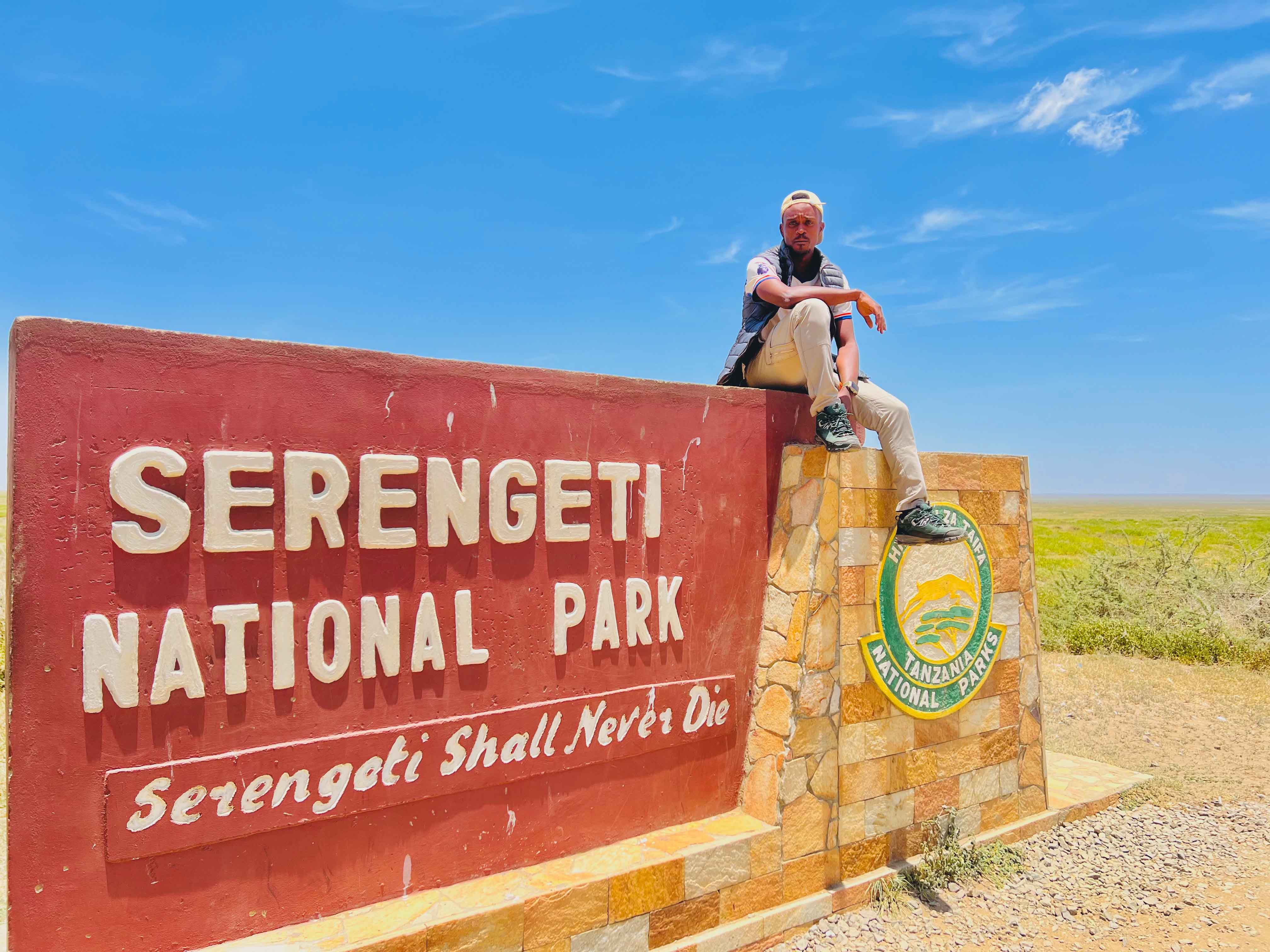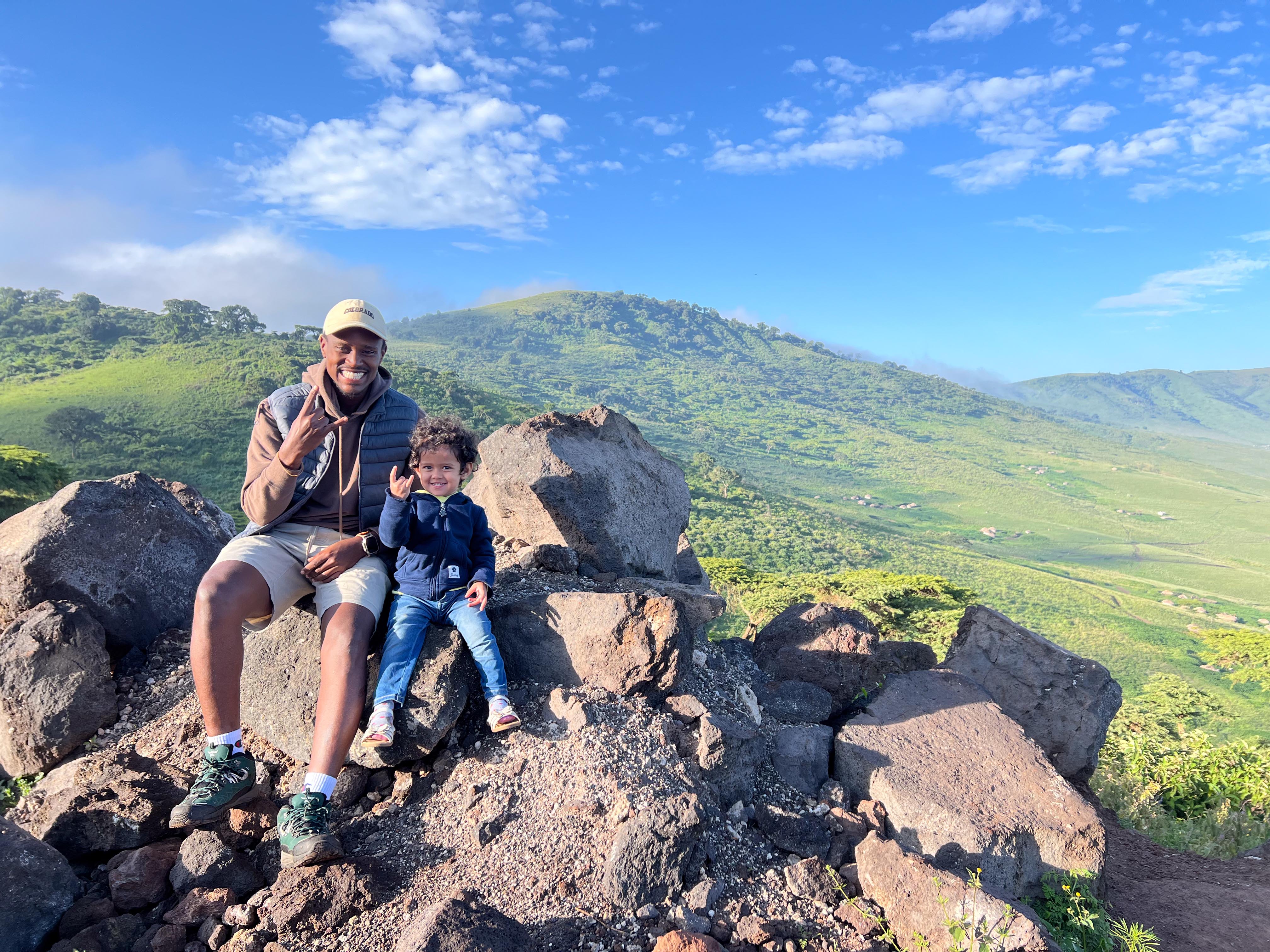Safari Activities
Lake Manyara offers unique activities rarely found elsewhere in Tanzania, providing diverse ways to experience its remarkable wildlife and landscapes.

Game Drives - Explore Diverse Ecosystems
Daytime game drives are the best way to explore the park's diverse wildlife. From the mahogany forest perfect for spotting giraffes and monkeys, to the savannah plains where you'll see zebras, elephants, and the famous tree-climbing lions resting on acacia branches.

Night Game Drives - Discover Nocturnal Magic
Lake Manyara is among the few Tanzania parks offering night game drives. Experience the thrill of spotting nocturnal animals like lions, leopards, porcupines, civet cats, and jackals in specially equipped open safari vehicles. A completely different and exciting safari experience!

Canoeing - Paddle Along the Lakeshores
One of the few places in Tanzania where canoeing is possible! Paddle along Lake Manyara's shores for unique opportunities to spot aquatic wildlife, water birds, hippos, and animals gathering at the shore to drink. An intimate and peaceful wildlife experience.

Walking Safaris - Authentic Bush Experience
Discover the park's varied wildlife on foot with armed guides ensuring your safety. Walking safaris provide intimate nature encounters, allowing you to learn about smaller wildlife, tracking skills, and bush craft while exploring the park's scenic beauty up close.

Treetop Canopy Walk - Above the Forest
Experience the park from a unique perspective on the treetop walkway. This incredible activity offers ultimate views, amazing birdwatching experiences, and encounters with playful monkeys jumping and entertaining throughout the route. A truly elevated safari experience!

Cultural Tours - Meet Local Communities
Visit nearby Maasai communities and Mto wa Mbu village to experience local culture, traditional crafts, and authentic way of life. Learn about traditional farming, taste local foods, and purchase authentic arts and crafts while supporting local communities.


